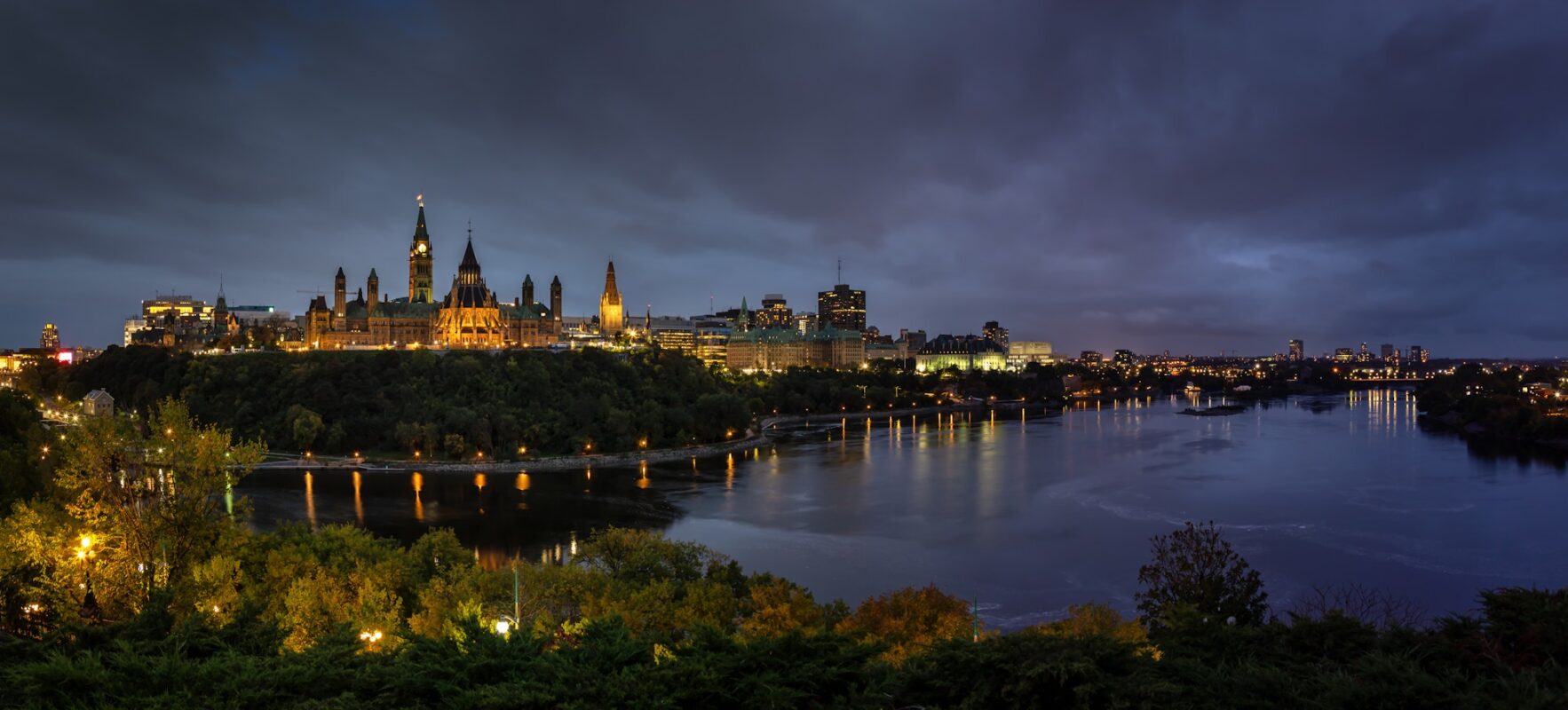
MYTH 1
Development jumped the Greenbelt, so the Greenbelt failed.
REALITY
This is one of the most widespread Ottawa myths about the Greenbelt. While Jacques Gréber in his 1950 report significantly underestimated the future growth of the capital region, he did foresee that growth outside the Greenbelt would take place. His idea was that these outlying urban communities would be relatively self-sufficient – in essence, have approximately equal numbers of households and jobs.
Actual development of the capital region, East, West and South, did not come near achieving that objective, with the partial exception of Kanata.
The real failure is a failure of sound planning on the part of Ottawa and the former Ottawa-Carleton municipalities, which have been happy to accommodate developers desiring to build suburban bedroom communities.
Note that one consequence of this failure to pursue good planning is the need for many roads to accommodate commuters.
MYTH 2
The City needs to intensify (densify) its urban form. Therefore, part of the Greenbelt needs to be used for residential development to help achieve that goal.
REALITY
According to the City’s own estimates, the existing urban areas provide ample opportunity to accommodate a growing population for decades to come. However, the key issue here is what functions the Greenbelt should fulfill nationally, as well as locally for the environment and the quality of life of the National Capital residents. To sacrifice parts of the Greenbelt for residential development will result in the destruction of its functions and integrity. The Greenbelt is not simply a collection of environmentally significant lands, as well as other lands that have less value and that can be sliced off for development as needed. This is why the federal government decided not to entrust the Greenbelt to local municipalities who are under constant pressures for development.
Eying Greenbelt land for urbanization is a result of a lack of creative thinking and succumbing to developer pressures. Opportunities for intensification of our current urban form abound but do sometimes take more imagination than most planners and large developers have demonstrated.
MYTH 3
Wetlands are just breeding grounds for mosquitoes
REALITY
Wetlands are important for how water circulates through our environment. They act as a filter of rainwater and run-off, retaining sediments and contaminants. They help protect shorelines. They reduce the risk of flooding. They store water and so help overcome periods of drought. They help recharge the groundwater on which anyone on wells depends. Wetlands are an important component of the major “great cycles” in nature: the cycles of nitrogen, carbon, and phosphorus.
Wetlands serve as habitat for many fish, plants, insects and birds. They are great biodiversity reserves. Ducks, herons, beavers, otters, frogs and turtles are only a few of its inhabitants. We are very fortunate to have in the Greenbelt the Mer Bleue Bog, designated an internationally significant wetland under the United Nations’ Ramsar Convention, and the Stony Swamp, containing over 700 species of plants. As well, some of the wetland areas in the Greenbelt contain federally and provincially designated Species at Risk. These and other wetlands in the Greenbelt provide a recreational venue for walking (on boardwalks), bird watching, enjoying nature and an educational experience, particularly for children and youth.
